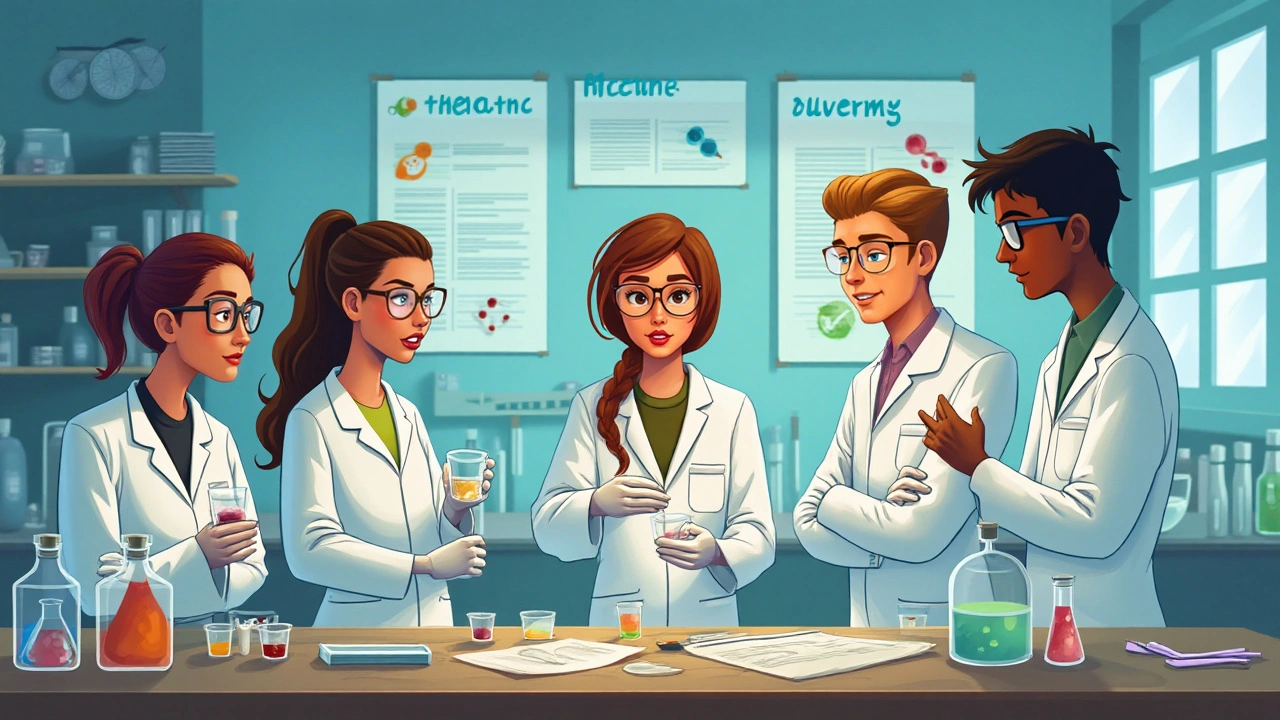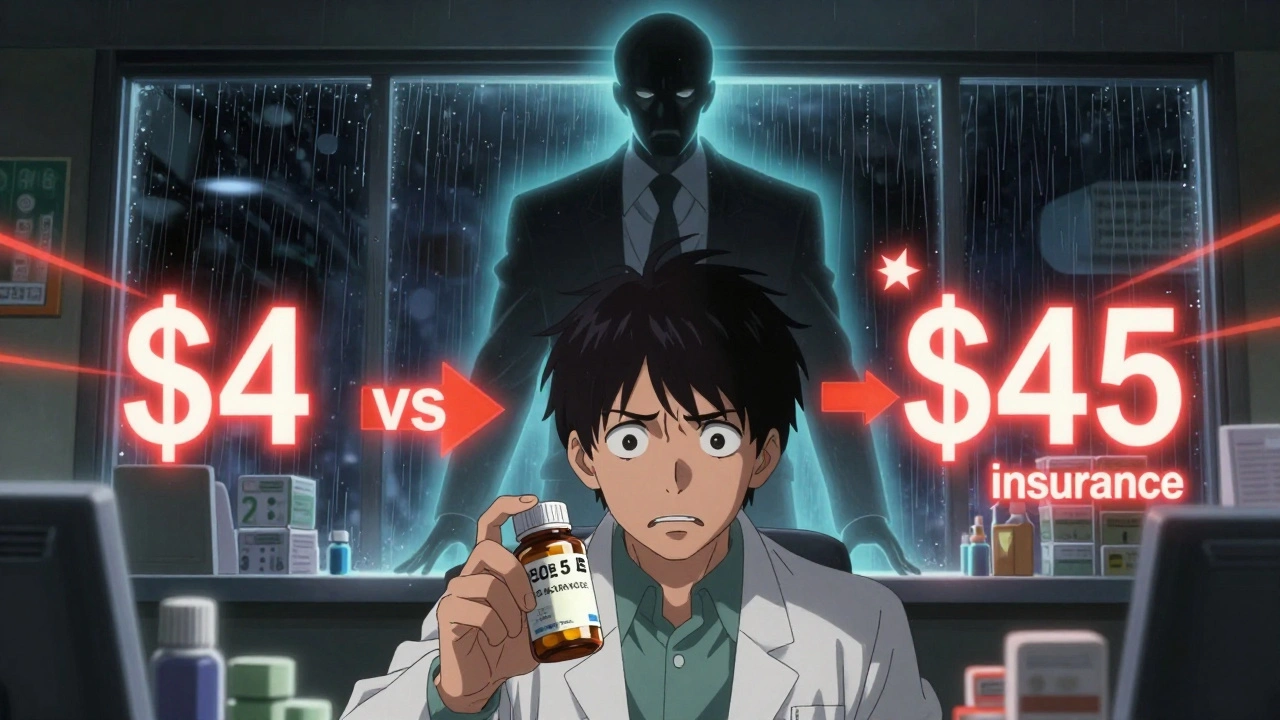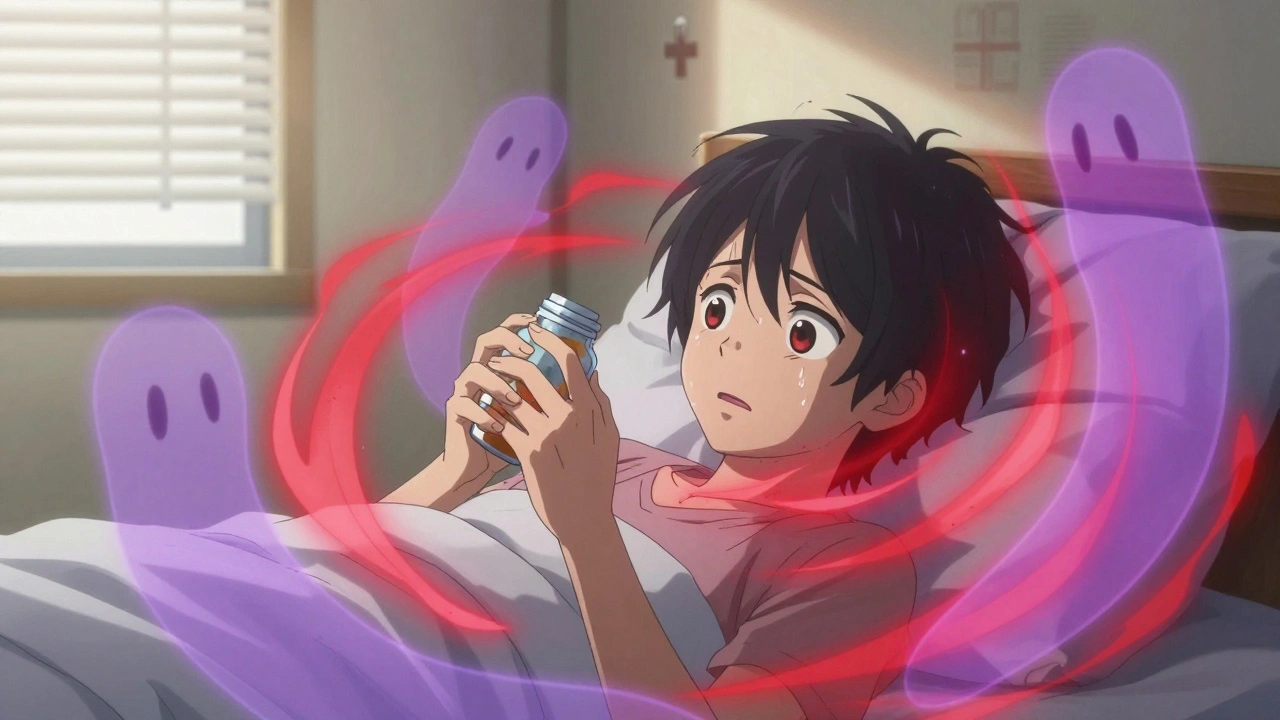Infection Treatment: Practical Steps for Faster Recovery
Not every infection needs antibiotics. That simple fact saves time, money, and reduces resistance risks. This page gives clear, usable advice so you know when to act, when to wait, and how to use medicines safely. You’ll get quick signs to watch, basic home care, and tips for buying meds without getting scammed.
When to see a doctor
Check your symptoms first. See a doctor if you have any of these: high fever (over 38.5°C / 101.3°F), severe pain, breathing trouble, confusion, a wound that won’t stop bleeding or looks very infected, or symptoms that get worse after 48–72 hours. For young children, older adults, or people with weak immune systems, call sooner — infections can progress fast.
Primary care can often handle common infections like strep throat, uncomplicated urinary tract infections (UTIs), or minor skin infections. Emergency care is for danger signs like chest pain, fainting, sudden weakness, or rapid breathing. If you can, take photos of rashes or wounds to show your clinician — it helps remote assessments.
Smart medication use & prevention
If a clinician prescribes antibiotics, take them exactly as directed. Finish the course unless your doctor says stop. Don’t save leftovers for later or share meds. Antibiotics don’t treat viruses (like most colds or the flu), so ask if your infection is likely bacterial before expecting antibiotics.
For viral infections, care focuses on symptom relief: rest, fluids, paracetamol or ibuprofen for pain/fever, and throat lozenges for sore throats. For fungal or parasite infections, different medicines are used — always check the right drug for the cause.
Preventing infections helps more than treating them. Wash hands often, keep wounds clean and covered, avoid close contact when sick, stay up to date with recommended vaccines, and manage long-term conditions like diabetes well. Simple steps cut your chance of needing antibiotics.
Buying medicines online? Use verified pharmacies only. Look for clear contact details, a valid pharmacy license, and customer reviews. Beware of sites that sell prescription meds without asking for a prescription — that’s a red flag. Our site reviews several online pharmacies to help you pick safer options.
Antibiotic resistance is a real problem. Using antibiotics only when needed preserves their power for serious infections. If symptoms don’t improve after treatment, return to your clinician — you may need a different drug or further tests.
Finally, keep a simple record: what drug you took, dose, start date, and side effects. That makes follow-up faster and safer. If you’re unsure about a symptom or a prescription, ask — quick questions prevent mistakes and get you back to feeling normal sooner.
Top Amoxil Alternatives in 2024 for Effective Antibiotic Treatment
With antibiotic resistance on the rise, it's crucial to explore alternatives to Amoxil. From Augmentin's powerful combination to the macrolide option of Zithromax, this article outlines seven effective substitutes for Amoxil in 2024. Learn about their benefits and downsides, so you can make informed choices for treating infections.
Vaginal infections and the use of antibiotics: What you need to know
In my latest blog, I delve into the common issue of vaginal infections and the role of antibiotics in treatment. I discuss the different types of infections, such as bacterial vaginosis and yeast infections, and how they can be effectively treated with antibiotics. I also touch on the importance of proper usage of these medicines and the potential risk of antibiotic resistance. I emphasize the need for a professional diagnosis before starting any treatment, as self-diagnosing can lead to more harm than good. Lastly, I stress the importance of maintaining good vaginal health to prevent these infections.







